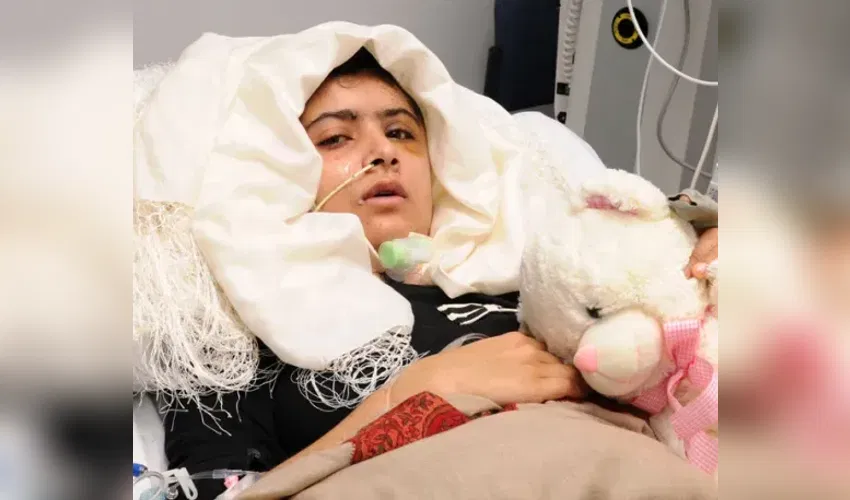Politics
Education and Inequality in Pakistan Shaping Political Awareness and Civic Life in 2025

"We are committed to improving access to quality education for all (2024),” declared Dr. Khalid Maqbool Siddiqui, Pakistan’s Federal Minister for Education
Education stands as the cornerstone of every society and the most powerful instrument for fostering prosperity, equality, and transformation. It cultivates critical thought, moral discernment, and social awareness, fundamental traits for meaningful civic participation and progress. Through education, individuals gain the capacity to think independently, discern right from wrong, and contribute to social advancement. By transforming minds, education transforms societies, making it an indispensable force for social change and development.
Yet, a walk through the classrooms of Pakistan reveals a stark contradiction to these ideals. Public schools remain overcrowded, underfunded, and reliant on rote learning, excluding most children from low-income and rural communities. Meanwhile, private institutions in urban centers thrive, offering modern curricula, student councils, and Model UN activities, luxuries beyond the reach of the majority. Pakistan’s educational framework remains profoundly stratified, both reflecting and reinforcing socio-economic divisions. The three parallel systems—public schools, private institutions, and madrasahs, function in isolation, serving distinct social classes and shaping divergent political and civic identities.
Public Schools: Education for the Poor Public
The absence of meaningful civic and governmental education in the curriculum further prevents students from understanding their rights and responsibilities as citizens, thereby weakening democratic participation and social cohesion. In essence, Pakistan’s public education system, rather than serving as a vehicle for equality and empowerment, often reinforces cycles of poverty and marginalization. The system fails to adequately cultivate leadership or promote democratic engagement, consequently perpetuating systemic disparities and limiting the social and political empowerment of students.
Private Schools: Elite Education and Political Literacy
Private educational institutions in Pakistan predominantly serve the middle- and upper-income strata, primarily located in city centers. These educational establishments differentiate themselves through enhanced infrastructure, advanced learning materials, and highly qualified educators, thereby distinguishing themselves from the beleaguered public education system. By implementing international or contemporary curricula, such as the British O- and A-Level frameworks or the International Baccalaureate, they accord considerable importance to disciplines such as political science, ethics, and global studies.
Co-curricular initiatives, including debates, Model United Nations assemblies, and student governing bodies, further foster leadership qualities, critical thinking
Madrasahs: Religious Education with Limited Civic Exposure
Madrasahs in Pakistan have historically functioned as affordable educational options for underprivileged communities, providing access to basic literacy and religious instruction where government schools are absent or inadequate. Their academic programs mainly concentrate on Quranic studies, Hadith, Islamic jurisprudence, and Islamic history, often framing political and social understanding through religious rather than democratic or civic perspectives. While some progressive religious schools have begun including secular subjects like mathematics and science, most remain largely disconnected from comprehensive civic education.
The studies suggest that involvement of the community in the governance of madrasahs, through the engagement of parents, local leaders, and religious
Pakistan’s three educational streams public schools, private institutions, and madrasahs, differ in access, quality, and civic engagement, yet systemic inequities persist, particularly along gender and geographic lines. Of 46 million students, only 21 million are female, with literacy at 51 percent compared to 74 percent for men. Rural girls’ secondary enrollment is just 28 percent versus 47 percent in urban areas, reflecting entrenched socio-cultural and economic barriers that limit
Malala and the Fight for Girls’ Education Amid Violence
Nowhere is this contradiction more visible than in the story of Malala Yousafzai, whose near-fatal shooting by the Taliban for advocating girls’ education revealed the peril of defying entrenched patriarchal and ideological structures. While the world celebrated her courage, within Pakistan she became the target of
In this context, Malala’s experience is not merely an isolated incident but rather a reflection of Pakistan’s educational duplicity: a nation that exalt resistance on the international stage while stifling dissent domestically. The tripartite educational system functions as both a manifestation and a perpetuator of this contradiction, a structure that favors a select few, placates the impoverished, and penalizes the courageous. Until Pakistan confronts this internal discord, its rhetoric of “education for all” will persist as an empty slogan, concealing a framework founded on exclusion, fear, and the betrayal of its youth.
Conclusion
Pakistan’s education system epitomizes structural inequality, sustained by its tripartite hierarchy of public schools, private institutions, and madrassahs. This model divides students along class and ideological lines, entrenching inequities that undermine national cohesion and democratic development. Public schools reproduce poverty and political apathy, private institutions consolidate elite privilege, and madrassahs isolate students from civic and secular engagement, collectively denying youth especially girls, the agency for genuine social transformation.
The state’s claims of reform starkly contrast with its failure to enact meaningful change, exemplified by Malala Yousafzai’s near-fatal shooting for advocating



